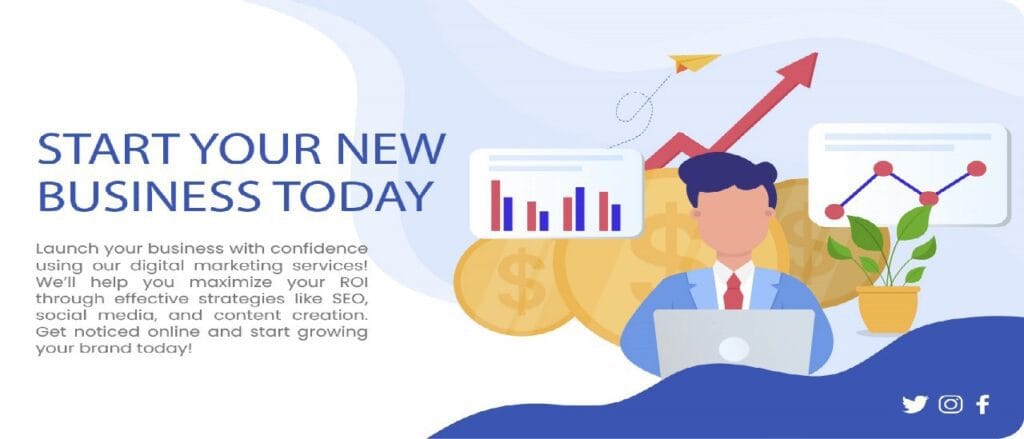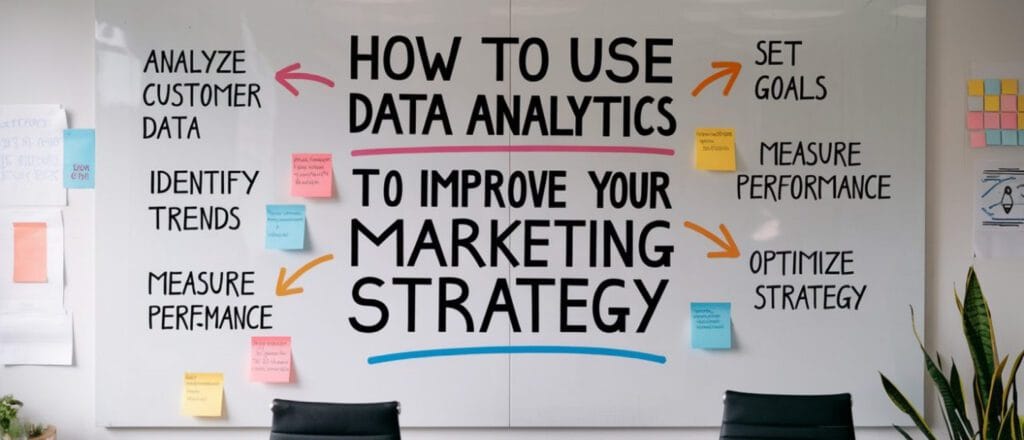Why Microsoft Clarity?
Why Was Microsoft Clarity Created?
Microsoft Clarity was designed to provide businesses and website owners with actionable insights into user behavior without the hefty price tag of traditional analytics tools. It bridges the gap between simple metrics and user behavior analysis, making it easier to understand how visitors interact with your site.
Why Should You Use It Over Other Analytics Tools?
Microsoft Clarity offers session recordings, heatmaps, and behavioral insights for free, unlike premium tools that charge for similar features. It’s ideal for businesses looking to optimize user experience (UX) without overspending on analytics tools.
Why Is Clarity Free? (Business Model Explanation)
Clarity operates under Microsoft’s larger ecosystem strategy. By offering a free tool, Microsoft builds goodwill and integrates businesses into its suite of services. The data collected also helps improve their overall products and services.
Why Is It Important for Businesses and Website Owners?
Understanding user behavior is critical for:
- Identifying design flaws.
- Enhancing conversion rates.
- Resolving usability issues. Clarity provides this insight, ensuring businesses can make data-driven decisions to improve their websites.
Is microsoft clarity free ?
Yes, Microsoft Clarity is free.
why is microsoft clarity free ?
Microsoft Clarity is free because it’s designed to be a user-friendly and accessible tool to help businesses, developers, and marketers understand how users interact with their websites. Here are some reasons why Microsoft offers it for free:
1. Drive Adoption of Microsoft Products
- Ecosystem Growth: By offering Clarity for free, Microsoft can attract users into their ecosystem, encouraging them to explore other tools and services they offer (such as Azure, Power BI, and Microsoft Advertising).
- Data Insights: Microsoft benefits from the anonymized data collected through Clarity. While the data is not directly used for profit, it helps Microsoft improve its analytics capabilities and other offerings.
2. Collect Insights for AI and Machine Learning
- Data Collection for Improvement: The user behavior data collected through Clarity can be used to improve Microsoft’s AI models, helping them refine their algorithms and provide better machine learning tools to other businesses in the future.
3. Competitive Advantage
- Competing with Google Analytics: By offering a robust tool like Clarity for free, Microsoft provides a competitive alternative to Google Analytics. This strategy helps attract businesses that might prefer a free option or those looking for an alternative to Google’s platform.
- Integration with Other Microsoft Services: Clarity can be seen as a way for Microsoft to expand its presence in the website analytics space and integrate with other Microsoft tools.
4. Market Positioning as a Data-Driven Company
- Reputation as a Data Company: Offering free analytics tools allows Microsoft to position itself as a leader in the data-driven and business intelligence space. Clarity helps show that Microsoft is focused on improving the user experience and making analytics accessible to all businesses, large or small.
5. No Direct Revenue Model for Clarity
- No Ads or Premium Features: Clarity doesn’t rely on advertisements or a freemium model, which means Microsoft doesn’t need to charge for the service. Instead, it uses Clarity as a way to build relationships with users and gather indirect benefits, such as insights into web usage trends.
6. Increase Usage of Azure
- Cloud and Data Services: Microsoft can use Clarity as a gateway to promote its cloud computing services (like Azure) and storage solutions for users who need to scale up their analytics needs.
Who Should Use Microsoft Clarity?
Who Can Benefit Most from Clarity?
Clarity is versatile and serves various industries, including:
- E-commerce Businesses: Optimize sales funnels and checkout processes.
- SaaS Companies: Improve onboarding experiences.
- Content Creators and Bloggers: Boost engagement with strategic content placement.
- Marketing Agencies: Offer detailed insights to clients for better ROI.
Who Are Clarity’s Competitors?
Microsoft Clarity competes with tools like:
- Hotjar: Known for heatmaps and feedback tools.
- Crazy Egg: Popular for A/B testing and click tracking.
Real-World Scenarios
Case studies highlight Clarity’s impact, such as:
- An e-commerce store reducing cart abandonment rates.
- A blog increasing user time on page.
What Is Microsoft Clarity?
Definition and Overview
Microsoft Clarity is a free, user-friendly analytics tool that offers:
- Session recordings.
- Heatmaps.
- Behavioral insights.
Main Features
- Session Recordings: Replay user interactions.
- Heatmaps: Visualize clicks and scroll activity.
- Insights Dashboard: Highlights dead clicks, rage clicks, and user frustrations.
Unique Features
- Free Forever: No hidden costs.
- GDPR and CCPA Compliance: Ensures user privacy.
- Unlimited Session Recordings: Unlike competitors, there’s no data cap.
Types of Data Provided
Clarity tracks:
- Behavioral Metrics: Clicks, scrolls, and engagement levels.
- UX Patterns: Identifying pain points and friction areas.
How Does Microsoft Clarity Work?
Setting Up Microsoft Clarity
- Sign Up: Create a free account on Clarity’s website.
- Create a Project: Add your website details.
- Install Tracking Code: Use HTML or Google Tag Manager for integration.
How Clarity Captures Data
Clarity records user sessions and tracks clicks, scrolls, and engagement via:
- Heatmaps.
- Session replays.
Integrating Clarity with Other Tools
Easily connect Clarity with:
- Google Analytics: Combine behavioral insights with traffic data.
- Marketing Platforms: Enhance campaigns with deeper analysis.
Using Clarity’s Features
- Heatmaps: Identify high-engagement zones.
- Session Recordings: Understand user journeys.
- Data Filtering: Segment data by device, geography, and behavior.
When Should You Use Microsoft Clarity?
When to Prioritize Clarity
Use Clarity for:
- Optimizing New Websites: Fine-tune UX.
- Troubleshooting Issues: Resolve low-performing pages.
- Enhancing Conversion Rates: Identify and fix roadblocks.
Pairing Clarity with Other Tools
- A/B Testing Tools: Validate design changes.
- Google Analytics: Add depth to traffic analysis.
When to Rely on Clarity Over Paid Tools
For small to medium businesses or those with limited budgets, Clarity provides ample features without the cost.
Where Is Microsoft Clarity Used?
Geographical Relevance
Clarity is suitable globally, adhering to data privacy laws like GDPR and CCPA.
Accessing Clarity Data
View insights on:
- Desktop: Through the web interface.
- Mobile: On-the-go monitoring.
- Dashboard: User-friendly interface for data visualization.
Key Features of Microsoft Clarity
- Session Recordings:
- Replay user journeys.
- Identify issues like rage clicks.
- Heatmaps:
- Visualize user interactions.
- Track scrolling patterns.
- Insights Dashboard:
- Spot dead clicks.
- Highlight friction points.
- Filtering & Segmentation:
- Focus on specific user groups (e.g., mobile users).
Benefits of Microsoft Clarity
- Free Forever: No subscription fees.
- Unlimited Data Storage: Access all recordings without limits.
- Improves UX: Fix design and usability flaws.
- CRO Assistance: Boost conversions.
- Privacy Compliance: Adheres to global standards.
Challenges with Microsoft Clarity
- Limited Advanced Analytics:
- No deep funnel analysis.
- No Custom Reports:
- Can’t create tailored dashboards.
- Overwhelming Data:
- High-traffic sites may struggle to analyze extensive data.
How to Use Microsoft Clarity for Maximum Impact
- Analyzing Heatmaps:
- Focus on high-engagement areas.
- Session Recordings:
- Look for patterns in rage clicks and dead zones.
- Leveraging Insights:
- Redesign low-performing pages.
- Improve site speed.
Integrating Microsoft Clarity
- Google Tag Manager:
- Simplifies installation.
- Google Analytics:
- Combines behavioral and traffic data.
- Marketing Platforms:
- Enhances campaign performance analysis.
Microsoft Clarity vs. Competitors
- Hotjar:
- Clarity offers unlimited recordings for free.
- Crazy Egg:
- Clarity provides similar features with no cost.
- Complementary Tool:
- Use Clarity alongside other analytics platforms for holistic insights.
Frequently Asked Questions (FAQs)
- What Makes Microsoft Clarity Unique?
- Free forever, with advanced features.
- What Data Does Clarity Collect?
- Behavioral metrics like clicks and scrolls.
- Is Clarity Free Forever?
- Yes, with no hidden charges.
- How Does It Ensure Data Privacy?
- Compliance with GDPR and CCPA.
- Can It Slow Down My Website?
- Minimal performance impact.
- Clarity vs. Google Analytics?
- Clarity focuses on behavior, while Google Analytics tracks traffic.
Real-World Use Cases
- E-commerce Store:
- Reduced cart abandonment with session insights.
- Blog:
- Improved engagement by analyzing heatmaps.
- SaaS Business:
- Enhanced onboarding by fixing UX issues.
Conclusion and Recommendations
Microsoft Clarity is an indispensable tool for businesses and website owners aiming to improve user experience and drive conversions. Its free, feature-rich platform makes it a standout choice among analytics tools. Start using Clarity today and unlock its potential to transform your website’s performance.

PEAKONTECH is a data-driven digital marketing agency offering full-stack services including SEO, paid ads, web design, CRO, and e-commerce development. From Shopify to WordPress, and from social media to automation — our team helps brands grow smarter and scale faster across every digital touchpoint.


